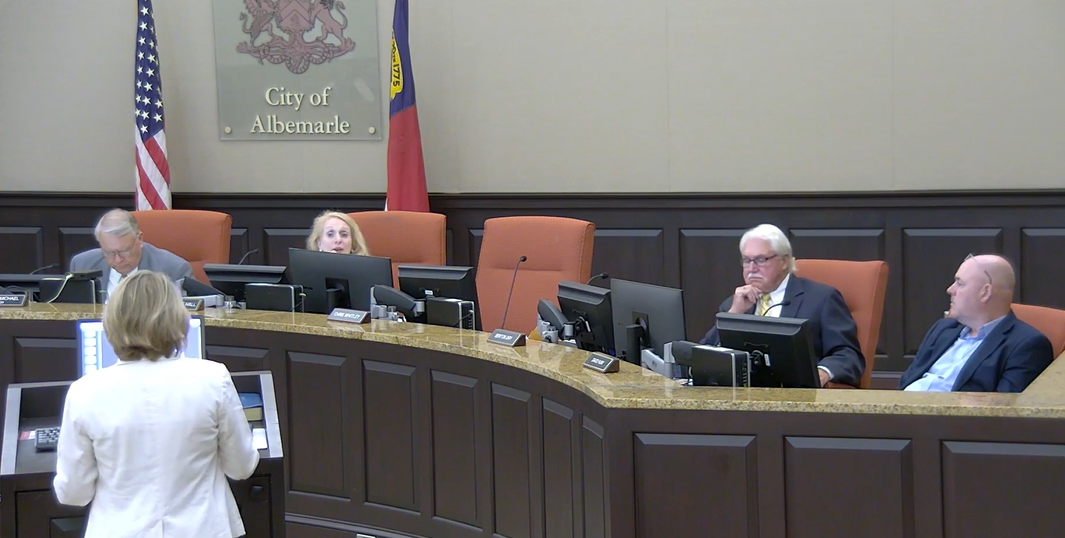BBB Scam Alert: Identity theft more common than one thinks
Published 2:46 pm Wednesday, January 22, 2025
|
Getting your Trinity Audio player ready...
|
From the Better Business Bureau:
Scams are designed to either steal your money or your identity to steal your money later. Scammers have all kinds of techniques to collect personally identifiable information (PII). Once they have it, they can become you, using your identity to open accounts, file taxes, or obtain medical coverage.
How identity theft scams work:
With enough personal information, a scammer can pretend to be you and commit many crimes. They can make false applications for loans and credit cards, withdraw money from your bank account, or obtain services in your name. They can also sell your information to others on the Internet.
Identity theft may take a long time to detect. Scammers ensure that bills and statements for new accounts are not sent to your address. You may notice what is happening once the scammer has already inflicted substantial damage on your assets, credit, and reputation. Consumers should also be aware of synthetic identity theft, where a scammer combines real and fake information to create a brand-new, fictitious identity. Fraudsters often use stolen Social Security or Social Insurance numbers, paired with fake names, dates of birth, and addresses, to commit this type of crime.
Tips to spot identity theft:
● Look for unexplained withdrawals, charges, and accounts. Review your bank account and credit card statements regularly. Look for unfamiliar charges, accounts, or withdrawals. Know when your bills are due; one tip-off for identity theft is when you stop receiving certain bills.
This can happen because scammers have changed the address associated with your bank account or credit card. If bills don’t arrive on time, follow up with your creditors. Debt collectors may call you about debts that aren’t yours. You can also set up automatic alerts on your accounts so you are notified every time a transaction is made.
● Check your credit reports regularly for unauthorized inquiries and accounts. In the U.S., you can check your credit report with each of the three major credit bureaus once per year at AnnualCreditReport.com. This is the only free crediting reporting service authorized by the Federal Trade Commission. Space these checks out throughout the year, and you will quickly know if something is wrong.
Ways to protect yourself against this scam:
● Be careful with your personal information. Treat your personal information like the valuable commodity it is. Ensure you shred documents containing your bank account information, Social Security/Social Insurance number, or other personal information. These include credit card applications, insurance forms, financial statements, health forms, and billing statements from utilities and phone services. Cut up expired credit and debit cards, and cut through the numbers before you dispose of them.
● Secure personal documents at home. If you have roommates, employ outside help, or have contractors in your home, ensure personal documents are in a safe place – preferably under lock and key – and not lying out in plain sight. Minimize personal information on checks. You don’t need to include your Social Security or Social Insurance number, driver’s license, or phone number.
● Be alert to phishing attempts. Scammers are sophisticated; their phishing attempts may come via email, text, social media messages, or even phone calls. Be suspicious of any unsolicited communication asking you for personal information. Whether it’s a supposed tech support call, an offer for a free cruise, or a charity plea, they may be after your personal information.
How to protect yourself against hackers:
● Strengthen your passwords. Use strong passwords or passphrases. Avoid using your birth date, child’s name or birth date, mother’s maiden name, the last four digits of your Social Security number or Social Insurance number, or really obvious ones like “123456” or “password.” Change your passwords frequently and use different passwords for each online account or website.
● Enable multi-factor authentication (MFA). Add an extra layer of protection to your accounts by requiring a second form of verification, like a text message code or authenticator app.
● Be cautious with emails and links. Avoid clicking on suspicious links or downloading attachments from unknown senders. Watch for phishing attempts, such as fake emails claiming to be from banks, retailers, or government agencies.
● Limit personal information online. Be careful about the types of information you share online, especially if it is information that could be used to get past security questions on your accounts (things like your first car, first pet’s name, city where you were born).
● Protect personally identifiable information. Shred outdated documents with personal information. While you should keep your tax returns forever, you should shred supporting documents for your tax returns after seven years. After one year, shred bank statements, pay stubs, and medical bills (unless you have an unresolved insurance dispute). Shred utility bills a month after they have been paid.






